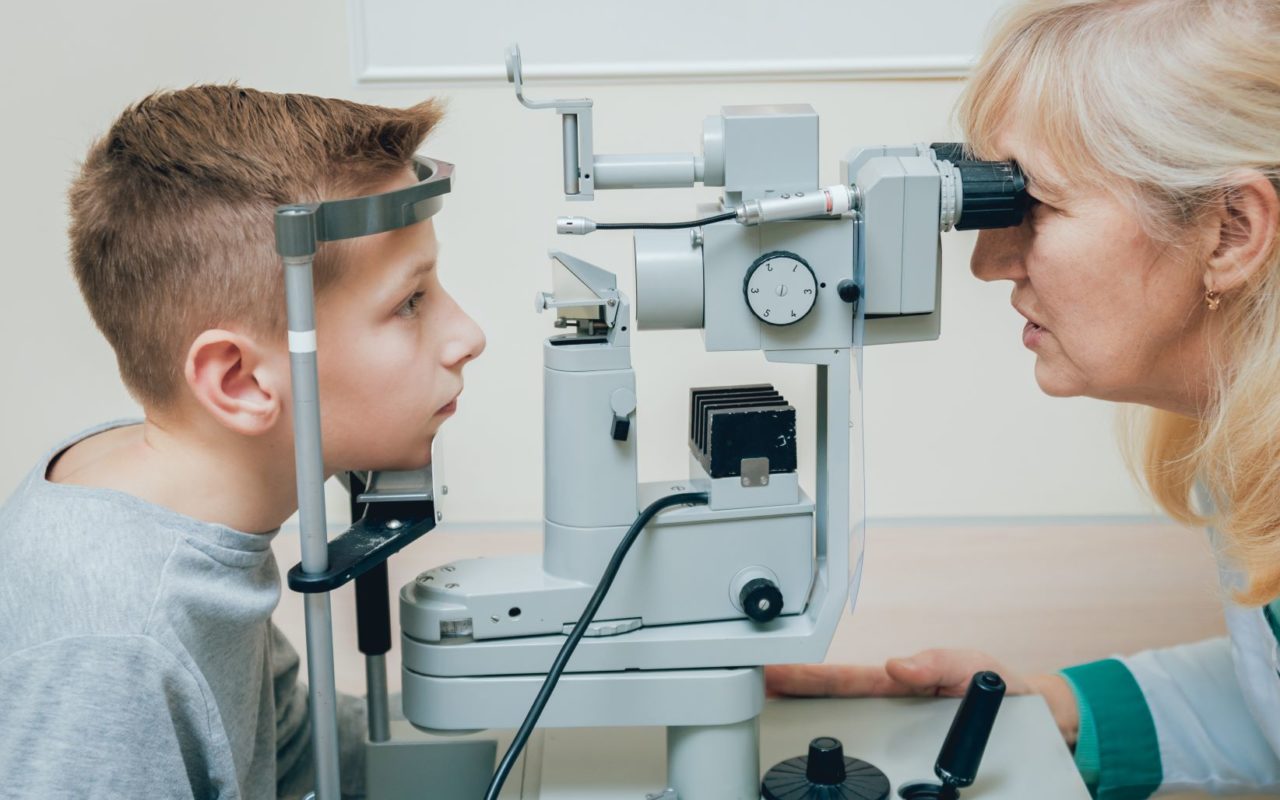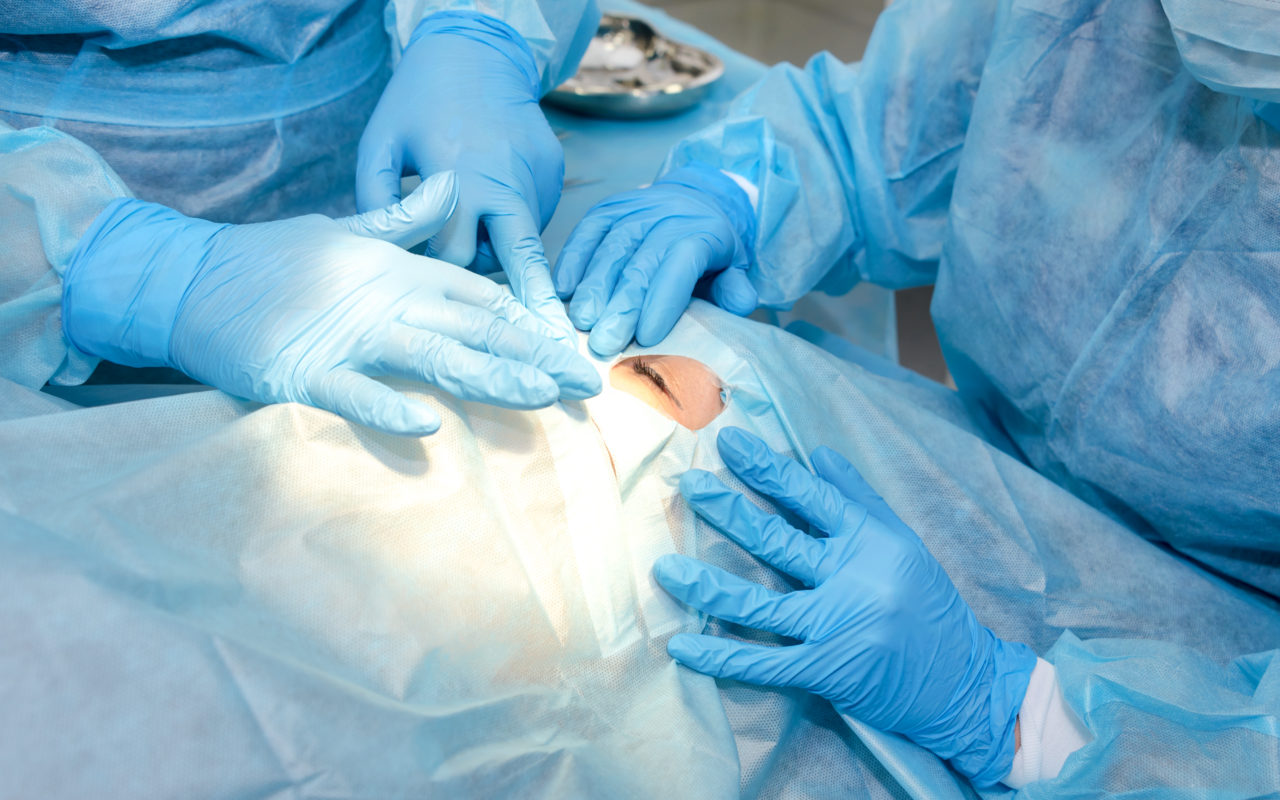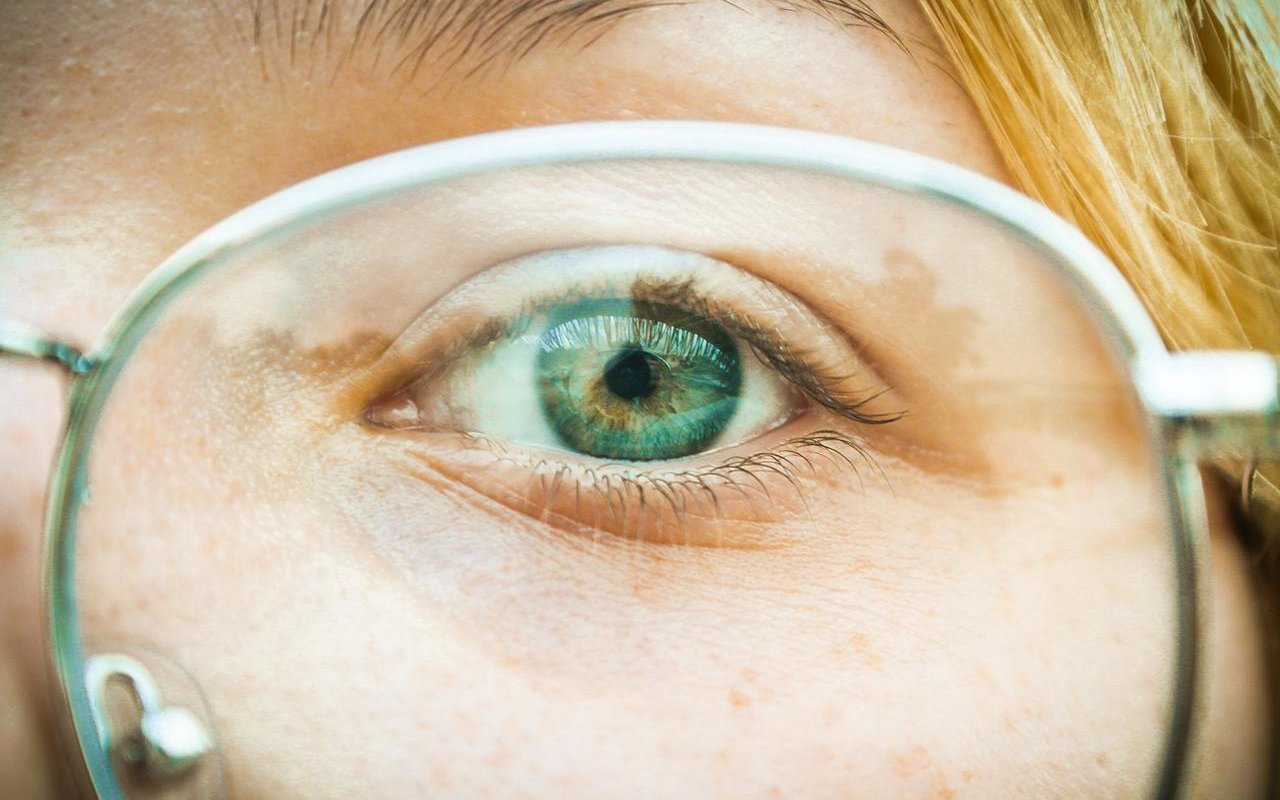Lazy eye is a visual impairment that is usually seen in early childhood years. In fact, 2 out of every 100 children are affected by this condition. Though this is concerning, lazy eye in kids can be treated. But first, it’s important to know what lazy eye is and how it can be cured.
What is lazy eye?
Also known as amblyopia, lazy eye is a visual condition in which the brain favors one eye more than the other. An eye is affected by amblyopia because of a number of conditions that prevent it from properly focusing and communicating with the brain. As a result, the brain ends up favoring the other eye.
The most common cause of amblyopia or lazy eye in kids is a weakness or an imbalance in the muscles responsible for positioning the eyes. It prevents the eyes from properly working together.
Effects of Lazy Eye in Kids
These are the signs you need to look out for if you think your kid may be affected by lazy eye or amblyopia:
- A wandering eye
- Misaligned eyes
- Squinting
- Poor depth perception
- Rubbing one eye
- Head tilting
- Problems with reading and writing
As the kid grows and the condition progresses, they could be prone to more serious risks. In severe cases, lazy eye can also lead to loss of vision. Therefore, it is best to detect the problem as early as possible and understand your kids’ options for amblyopia treatment.
How can I tell if my child has amblyopia?
The signs of lazy eye in children can be easily noticed if you pay just enough attention. The first sign you should look for is misaligned or crossed eyes. This symptom indicates strabismus in which the brain bypasses the visual information that the lazy eye receives.
If you suspect the problem, you can get an eye patch for kids since children with lazy eye complain of blurry vision when their dominant eye is covered. To confirm the diagnosis, consult a certified and experienced optometrist, who may use the test called photo screening, which estimates the child’s eye alignment and helps look for a potential problem.
Lazy Eye Treatment
Glasses – Lazy eye in children can be corrected with glasses sometimes. Children with far-sightedness, near-sightedness, or astigmatism are usually prescribed glasses. The specialist monitors the improvement in vision and lazy eye, and suggests the course of treatment, if needed, after that.
Occlusion or Eye Patch – It is one of the most effective lazy eye correction method. In this treatment, the good eye is covered with a patch so that the lazy eye starts working. With the patch on, the brain will only receive information from the lazy eye, and hence, will not ignore it. The patch must be worn for a few hours every day. Also, children should be encouraged to read, color, write, or do other close-up activities while wearing the patch.
Atropine Eye Drops –Another effective amblyopia treatment, atropine eye drops are used to dilate the pupil and blur the vision in the good eye. It has the same results as an eye patch and is less awkward for children.
Vision Exercises – Vision exercises are really helpful and can be done in combination with other treatments.
Lazy Eye Surgery – Lazy eye surgery may be recommended when no other treatment works. It usually results in better eye alignment and also improves the appearance of the eye.
Amblyopia is a serious vision problem that can even lead to blindness. But the good news is that it is treatable in kids. Therefore, it is important to fix lazy eye in children as early as possible.
Consult the experts at InSight Vision Center and ensure the most comfortable and friendly lazy eye treatment for your child.












